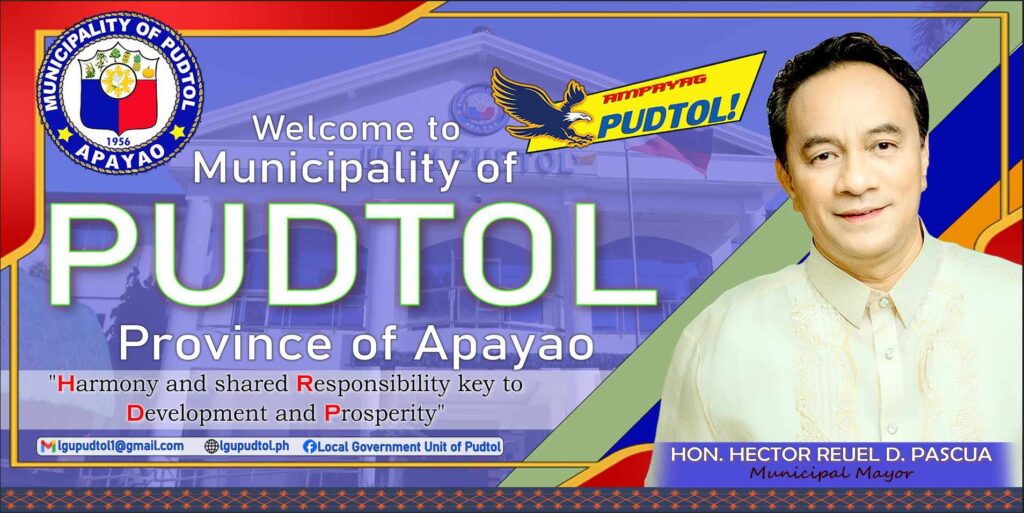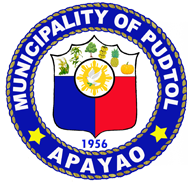brief history of pudtol

where did pudtol came from?
In the early 16th century, strong faith in Christianity was manifested as the establishment of the first Catholic Mission in Apayao set foot in the municipality. The First Catholic Church was built at Kapinatan, now called Barangay Mataguisi. And lately another church and the first Catholic School were constructed at Barangay Emilia.
Another remark during the 16th cen tury was the derivation of the name of the municipality, PUDTOL. Early ancestors called it PUTOL, derived from the story of the beheaded priest. And due to Ibanags pronunciation difficulty, PUTOL was uttered as FUTTOL, then lately interpreted as PUDTOL by the Ilocano settlers.



